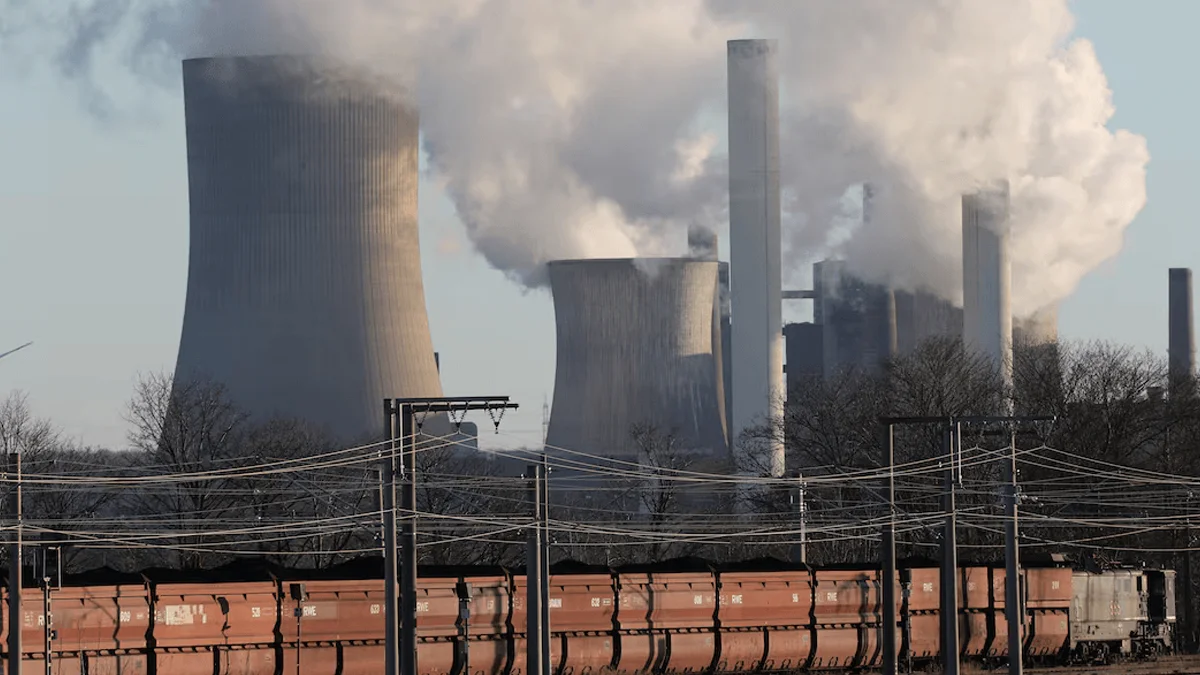Necessary Always Active
Necessary cookies are required to enable the basic features of this site, such as providing secure log-in or adjusting your consent preferences. These cookies do not store any personally identifiable data.
|
||||||
|
||||||
|
||||||
|

Europe’s old power plants are set to undergo massive technological transformations as the continent embraces artificial intelligence and digital technologies. Reuters reported that the decommissioned older coal and gas power plants in Europe are on the verge of a high-tech transition as tech giants like Microsoft and Amazon are repurposing them into data centers.
Major power companies like Engie of France, RWE of Germany, and Enel of Italy are watching this AI-driven demand boom as an opportunity. Instead, they are now looking to turn these shuttered locations into data centers and secure long-term energy trade agreements with the tech companies owning them.
Simon Stanton, head of Global Partnerships and Transactions at RWE, said the deals are not just about selling unused land. They also create a chance to earn steady and high profits. He stated, “It’s more about the long-term relationship, the business relationship that you get over time that enables you to de-risk and underwrite your infrastructure investments.”
The modernization of EU power stations represents one of the largest infrastructure projects in recent European history. Governments across the continent are investing billions of euros to upgrade facilities that were built decades ago using outdated technology and manual control systems.
Many of these power plants were many of these facilities date back to the 1970s and 1980s, when digital technology was in its infancy. Today, they struggle to meet modern efficiency standards and lack the flexibility needed to integrate with renewable energy sources and smart grid systems.
The upgrade process involves replacing analog control systems with digital interfaces, installing advanced sensors throughout facilities, and implementing automated monitoring systems that can detect problems before they cause outages or safety issues.
The European energy infrastructure faces unprecedented pressure from the rapid expansion of artificial intelligence and cloud computing services. Data centers and AI processing facilities consume enormous amounts of electricity, creating new challenges for power generation and distribution networks.
European energy officials estimate that AI-related electricity consumption could triple over the next five years. This surge in demand requires power plants to operate more efficiently and respond quickly to changing load requirements throughout the day.
The aging infrastructure simply cannot handle these dynamic demands without significant technological improvements. Many facilities still rely on manual adjustments that take hours to implement, while modern AI workloads require instant power scaling capabilities.
The ai integration in power stations involves installing sophisticated monitoring and control systems that can optimize plant operations in real-time. These AI systems analyze vast amounts of data from sensors throughout the facility to predict maintenance needs and prevent equipment failures.
Advanced algorithms can automatically adjust power output based on grid demand, weather conditions, and fuel costs. This level of automation reduces operating expenses while improving reliability and environmental performance.
The AI systems also enable predictive maintenance, identifying potential equipment problems weeks or months before they would cause shutdowns. This proactive approach significantly reduces maintenance costs and extends the lifespan of expensive power generation equipment.